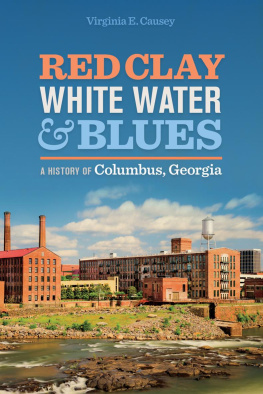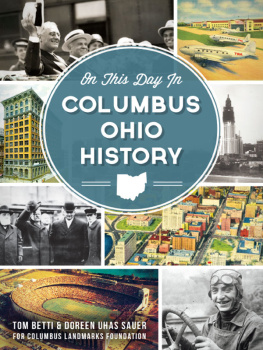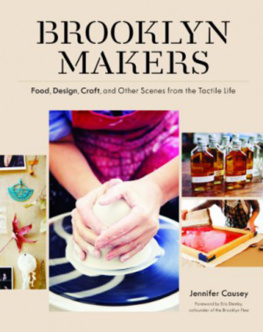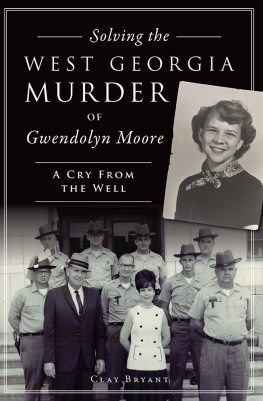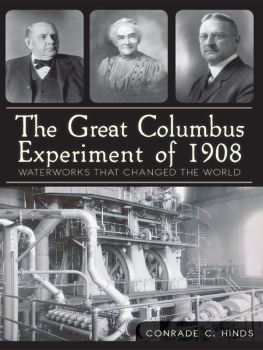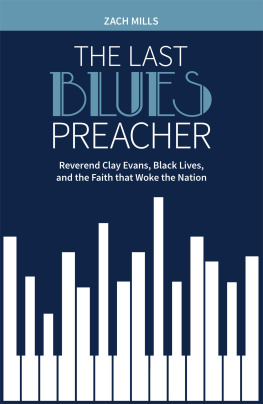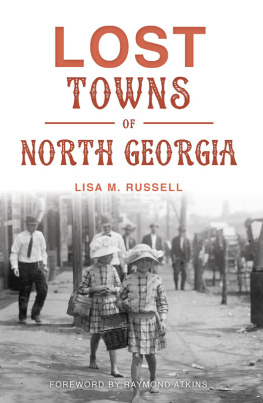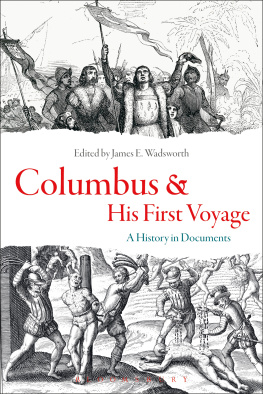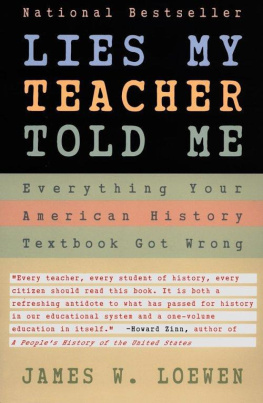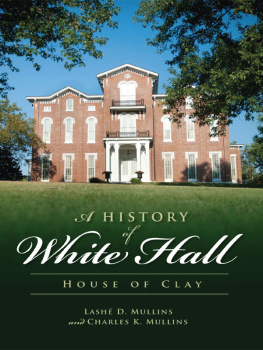Virginia E. Causey - Red clay, white water, and blues. A history of Columbus, Georgia.
Here you can read online Virginia E. Causey - Red clay, white water, and blues. A history of Columbus, Georgia. full text of the book (entire story) in english for free. Download pdf and epub, get meaning, cover and reviews about this ebook. City: Athens, year: 2019, publisher: University of Georgia Press, genre: Politics. Description of the work, (preface) as well as reviews are available. Best literature library LitArk.com created for fans of good reading and offers a wide selection of genres:
Romance novel
Science fiction
Adventure
Detective
Science
History
Home and family
Prose
Art
Politics
Computer
Non-fiction
Religion
Business
Children
Humor
Choose a favorite category and find really read worthwhile books. Enjoy immersion in the world of imagination, feel the emotions of the characters or learn something new for yourself, make an fascinating discovery.
- Book:Red clay, white water, and blues. A history of Columbus, Georgia.
- Author:
- Publisher:University of Georgia Press
- Genre:
- Year:2019
- City:Athens
- Rating:5 / 5
- Favourites:Add to favourites
- Your mark:
- 100
- 1
- 2
- 3
- 4
- 5
Red clay, white water, and blues. A history of Columbus, Georgia.: summary, description and annotation
We offer to read an annotation, description, summary or preface (depends on what the author of the book "Red clay, white water, and blues. A history of Columbus, Georgia." wrote himself). If you haven't found the necessary information about the book — write in the comments, we will try to find it.
Red clay, white water, and blues. A history of Columbus, Georgia. — read online for free the complete book (whole text) full work
Below is the text of the book, divided by pages. System saving the place of the last page read, allows you to conveniently read the book "Red clay, white water, and blues. A history of Columbus, Georgia." online for free, without having to search again every time where you left off. Put a bookmark, and you can go to the page where you finished reading at any time.
Font size:
Interval:
Bookmark:
WHITE WATER
& BLUES

in part by generous gifts from
Cecil and Bettye Cheves
Frank and Tammy Lumpkin
Wright and Katherine Waddell
Wyler Hecht
The Loft, Columbus GA
Athens, Georgia 30602
www.ugapress.org
All rights reserved Designed by Kaelin Chappell Broaddus Set in 10/13.5 Sentinel Book by Kaelin Chappell Broaddus Printed and bound by Thomson-Shore, Inc.
The paper in this book meets the guidelines for permanence and durability of the Committee on Production Guidelines for Book Longevity of the Council on Library Resources.
are available from popular e-book vendors.
19 20 21 22 23 C 5 4 3 2 1
Title: Red clay, white water and blues : a history of Columbus, Georgia / Virginia E. Causey.
Description: Athens : The University of Georgia Press, [2019]
| Includes bibliographical references and index.
Identifiers: LCCN 2018049447| ISBN 9780820354996 (hardcover : alk. paper) |
ISBN 9780820355030 (ebook)
Subjects: LCSH: Columbus (Ga.)History.
Classification: LCC F294.C7 C38 2019 | DDC 975.8/473dc23
LC record available at https://lccn.loc.gov/2018049447
Billy Winn, and
Clason Kyle,
who paved
the way.

Stepping to the Music of Jingling Dimes
The Last Battle and Black Reconstruction
Plethoric, Laborious, Well-Fed, Jolly, and Complacent
Lynching, Industrial Education, Babe Ruth, and Christian Communism
The Klan and Coca-Cola
Columbus in the 1930s and 1940s
Violence, Direct Action, Negotiation
From Optimism to Malaise
Renaissance

Font size:
Interval:
Bookmark:
Similar books «Red clay, white water, and blues. A history of Columbus, Georgia.»
Look at similar books to Red clay, white water, and blues. A history of Columbus, Georgia.. We have selected literature similar in name and meaning in the hope of providing readers with more options to find new, interesting, not yet read works.
Discussion, reviews of the book Red clay, white water, and blues. A history of Columbus, Georgia. and just readers' own opinions. Leave your comments, write what you think about the work, its meaning or the main characters. Specify what exactly you liked and what you didn't like, and why you think so.

